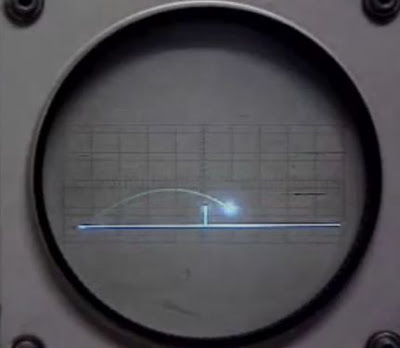Games Industry in Brazil
The digital games market has been growing worldwide in recent years. The scenario of game development in Brazil is no different as shown by the numbers of the II Censo da Indústria.
The research results present interesting conclusions about the development of games and the profile of the national industry, highlighting the fact that it is a young market and full of small companies and beginners. This growing market continues to attract more and more people interested in joining the development of digital games.
The development of digital games is complex and involves the application of several areas of knowledge around the production of a work. Concatenating the ideas proposed for the development of a product that expresses concepts and arouses public interest can be a long and uncertain result.
It is necessary to look for elements that help the development in a safe and continuous way, however, there are several paths that allow reaching the final goal. Development methodologies and tools have been changing and improving to keep pace with the evolution of digital games, however, the number of options can bring uncertainty to beginning developers about which choices will be most effective for introducing them to the market.
One of the factors that has helped the digital game development industry to expand is the growth in the offer of powerful and, in some cases, free game engines1.
Unity is one of the most popular game engines on the market. With this game engine it is possible to create projects of different scopes, from prototypes to established games. This versatility enables Unity as a tool capable of catering to beginning developers, small and large studios. The purpose of this article is to identify the advantages of introducing digital game development through Unity.
A bit of history
There are several different opinions about the origin of the digital games industry.
The documentary film Videogames The Movie (2014) brings testimonies about the beginning of this story. For some deponents Nolan Bushnell, one of the founders of Atari is the father of the video game industry.
Others point to Shigeru Miyamoto who leveraged Nintendo in the digital games market. There are those who point out Ralph Bear who in 1967 created the first video game console called “Brown Box”.
There are those who credit this origin to researchers at MIT (Massachusetts Institute of Technology) who actually created some of the first electronic games, among them Steve Russell who created the game Spacewar!
Russell was one of Bushnell’s inspirations according to his own statements. Also on this list is William Higinbotham of the Brookhaven National laboratory who created the game Tennis for Two, displayed on an oscilloscope screen.

Initially, access to digital games was restricted to a few people and games were created and played on the large computers used in the computer labs of universities and military installations.
The popularization of digital games began in the late 1970s when the first games produced with vector graphics emerged and gained even more prominence in the following decade when they also started to be produced with colored images created from pixel arrays.
From then on the games had a meteoric rise. Atari played a key role in the growth of the industry by bringing games to the general public and making them a popular phenomenon.
Next came a few years of industry failure caused by the mass production of low quality products. Investors already afflicted game makers in the early 1980s with a profit obsession.
Nintendo rewrote the second part of this story, turning its products to the path of creativity and quality. With games like Super Mario Bros (1985) and The Legend of Zelda (1986) the Japanese company, founded by Fusajiro Yamauchi in 1889, rescued the original spirit of the games that had been lost.
The industry has renewed itself and started to develop better experiences for users. New games, new technologies and new immersion stories that brought the gaming industry to the power it now represents.
In Brazil, the electronic games industry took longer to develop due to the barriers imposed by the market reserve in the IT area, which at first aimed to defend the national industry.
In practice, this policy prohibited the import of computer products, which included consoles and digital games. In the late 1970s, clones of foreign consoles reigned here.
The first one was the Philco Ford Teleplay that copied the Atari Pong followed by others like the Atari CX 2600 and the Top Game. This policy came under pressure from foreign markets and gradually changed until the end of the market reserve in the early 1990s.
